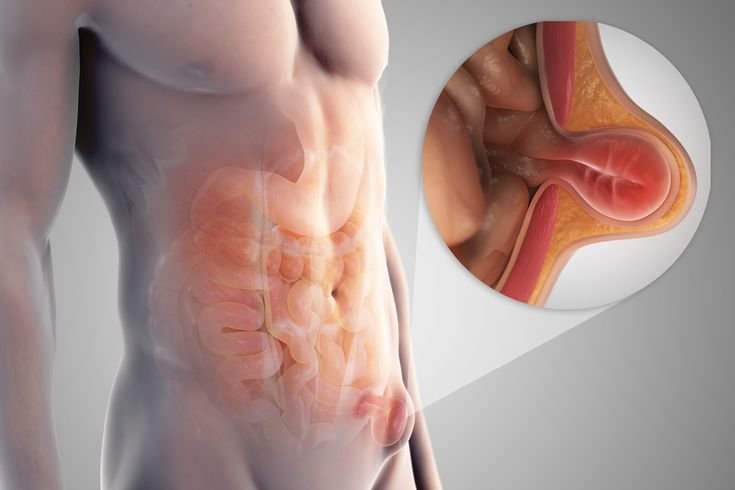HERNIA
OUR TREATMENT

HERNIA
HERNIA
When an internal content of the abdomen, be it an intestine or organ leaves its original position and comes out through a defect or weak spot in the sheath/ muscle of the abdominal wall containing it, it causes a swelling in that particular area. This swelling is called a hernia
Symptoms of a Hernia
- Heaviness or dragging sensation: Most of the hernias, initially present as if there is a pulling or dragging sensation or discomfort in the respective areas of the hernia e.g. groin. It draws attention to that area and a small swelling might be noticed.
- Swelling: This swelling may start as a small swelling, but may gradually increase in size. At first, in the initial months, the swelling will appear and disappear by itself, without you doing anything.
- But as days or years go by, the swelling might require pressure from outside to make it disappear (reduce) into the abdominal cavity. This means that the hernia contents (Omentum etc.) have increased in size and are not able to reduce by themselves. External pressure will help to reduce the contents back into the abdominal cavity.
Symptoms

F.A.Q
A bulge in the abdominal wall.
A hernia is treated with laparoscopic repair, which is a minimally invasive method.
If you have any of the symptoms of a hernia, or if you are concerned about your health.
Age, obesity, lifting heavy objects, and straining.
- Incarceration: When the herniated tissue gets stuck and cannot be pushed back in.
- Strangulation: When the blood supply to the herniated tissue is cut off.



Play Video
